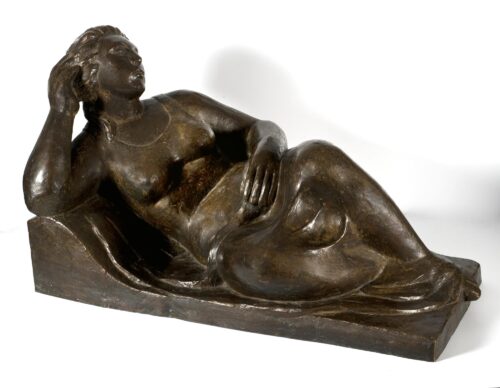
Chryssochoidi Titsa (1906 - 1990)
Reclining Female Figure, 1974
In 1920, still a school pupil, she enrolled in the Athens School of Fine Arts and in 1924 was admitted to Thomas Thomopoulos’s sculpture workshop, in which she studied until 1928. Two years later, she left for Paris, where she studied at Thanassis Apartis’s workshop first and then at the Academie de la Grande Chaumiere with Robert Wlerick. Returning to Athens in 1934, she established her first workshop, which was destroyed in air raids during the German Occupation. From 1941, she taught plastic, pottery and history of art at the Papastrateios Applied Arts State School and from 1960 free drawing at Hill School. She received the Silver Medal of the City of Paris in 1966, and in 1980 the Bronze Medal of the International Women’s Education Federation.
She had solo exhibitions of her work and participated in group exhibitions, including Panhellenic exhibitions, various Salons d’Automne in Paris, the Cairo International Exhibition (1947), the Alexandria Biennale (1963 and 1965), the Budapest Biennale (1971) as well as exhibitions of the Greek Women Artists Association, of which she was member.
Her familiarity with the Greek plastic tradition and her acquaintance with the work of the post-Rodin French school, especially that of Aristide Maillol, were major factors which helped shape her style, characterized by a restrained realism with idealistic or romantic tendencies. Having as their exclusive subject the human figure, her works are busts, but above all standing, seated or half-reclining female figures. These female figures, with their rounded forms, their well-delineated outlines and calm postures reflect Maillol’s plastic approach, which Chryssochoidi adapted to her own temperament. Apart from free sculptures, she also produced medals and reliefs on subjects including fish, birds, plants, insects and boats.

Reclining Female Figure, 1974
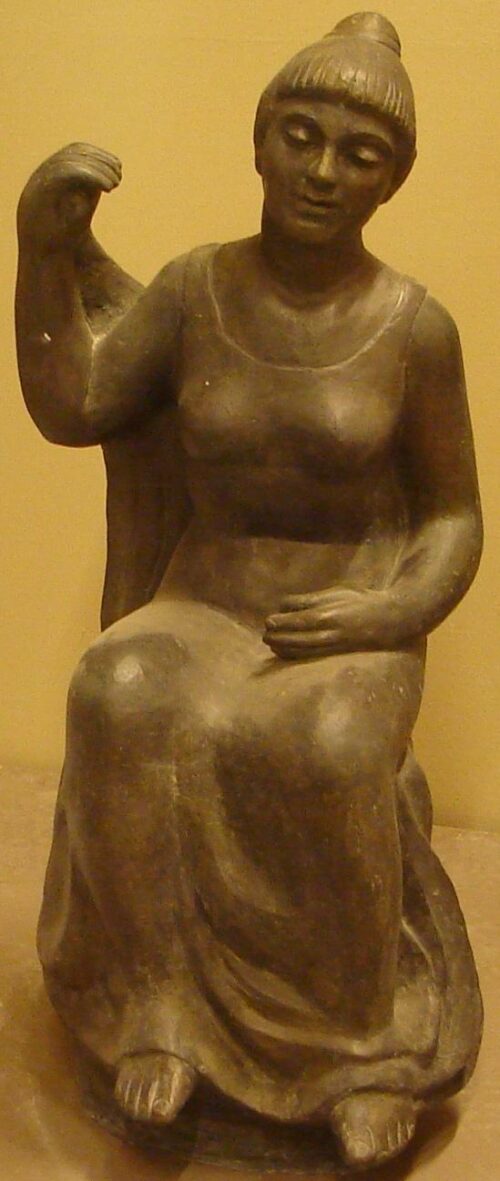
Seated Woman, [before 1973]
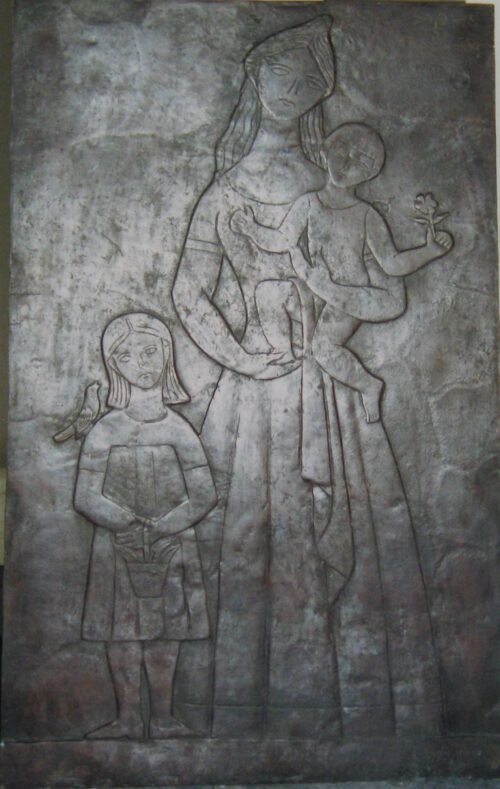
The Mother, [before 1963]
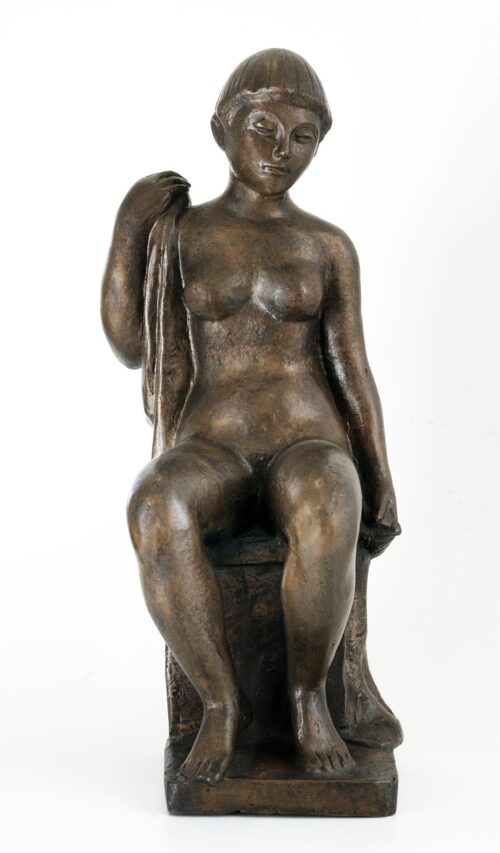
Nude, [before 1965]
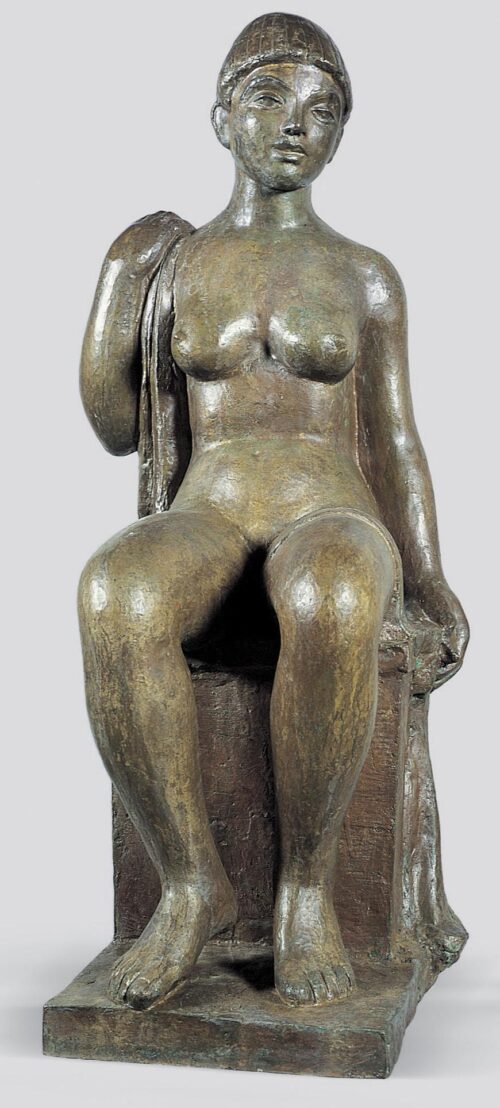
Nude, 1970

We use cookies to make our site work properly, to personalize content and ads, to provide social media features and to analyze our traffic. We also share information about how you use our site with our social media, advertising and analytics partners. Read the Cookies Policy.
These cookies are necessary for the website to function and cannot be switched off in our systems. They are usually only set in response to actions made by you which amount to a request for services, such as setting your privacy preferences, logging in or filling in forms. You can set your browser to block or alert you about these cookies, but some parts of the site will not then work. These cookies do not store any personally identifiable information.
If you disable this cookie, we will not be able to save your preferences. This means that every time you visit this website you will need to enable or disable cookies again.
These cookies tell us about how you use the site and they help us to make it better. For example these cookies count the number of visitors to our website and see how visitors move around when they are using it. This helps us to improve the way our site works, for example, by ensuring that users find what they are looking for easily. Our website uses Google Analytics for statistics reporting.
Please enable Strictly Necessary Cookies first so that we can save your preferences!